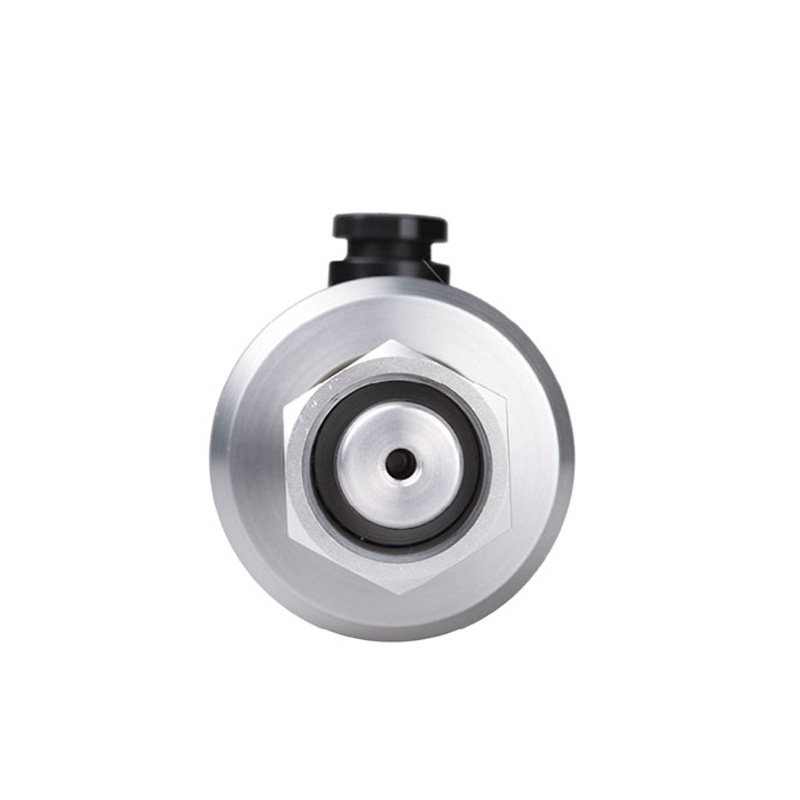How does the Density Transmitter Work?
(2023年08月06日)https://www.lansoinstruments.com/how-does-the-density-transmitter-work.html
A density transmitter is a device that continuously measures density online. It can be directly used in industrial production processes. According to Archimedes principle, it adopts electronic technology, which consists of a capacitive differential pressure sensor and its connection, a pair of pressure sensitive diaphragms with a temperature sensor between them. It can offset the temperature change of the process liquid.
The density transmitter can electronically offset the nonlinear state change of SF6 gas according to Virial equation. It can collect the pressure and temperature of SF6 gas in the equipment (tank), and then use these two variables to determine the current gas density through an electronic evaluation system. The system will dynamically offset the thermally induced pressure change to avoid the influence on the output signal.
The density transmitter has high long-term stability without the need of zero set and maintenance. The wetted parts are all made of stainless steel (standard). The airtight welded measuring element can maintain good airtightness for a long time. The measuring element adopts a special structure design without any internal seals and the risk of leakage. Because of that, the density transmitter is not affected by atmospheric pressure fluctuations and installation heights.
The EMI (Electromagnetic Interference) performance of the density transmitter is tested according to IEC 61000-4 to IEC 61000-4-6 standards, which can ensure safe signal acquisition. It is especially suitable for high-voltage switchgear.
Density Transmitter Working Principle
A density transmitter is a device used to measure the density of a liquid or a gas. It works based on the principle of buoyancy, which states that an object immersed in a fluid experiences an upward force equal to the weight of the fluid it displaces.
The density transmitter typically consists of a measuring cell, which is a hollow tube or cylinder immersed in the fluid whose density is to be measured. The measuring cell contains a vibrating element, such as a tuning fork or a quartz crystal, which vibrates at a frequency that is proportional to the density of the fluid.
As the fluid flows through the measuring cell, it causes the vibrating element to vibrate at a different frequency, which is detected by a sensor. The sensor then converts the frequency signal into an electrical signal, which is processed and displayed as a density reading.
The density transmitter may also include temperature and pressure sensors, which allow for compensation of changes in these variables that can affect the density measurement accuracy.
Overall, the density transmitter provides a reliable and accurate measurement of the density of fluids in a variety of industrial applications, such as chemical processing, petroleum refining, and food production.
For more information about tool used to measure pressure and pressure instrument types, please feel free to contact us!
- このできごとのURL:




コメント